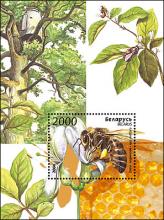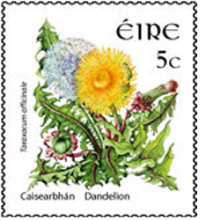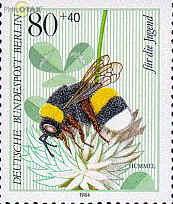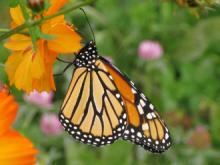Wild bees are an insect pollinator group at particular risk from insecticide use
Pesticides are an important potential cause of biodiversity and pollinator decline. Little is known about the impacts of pesticides on wild pollinators in the field. Insect pollinators were sampled in an agricultural system in Italy with the aim of detecting the impacts of pesticide use.









